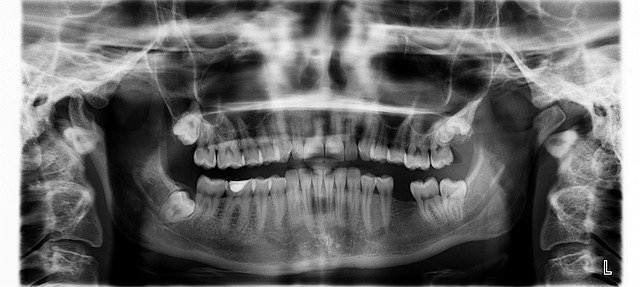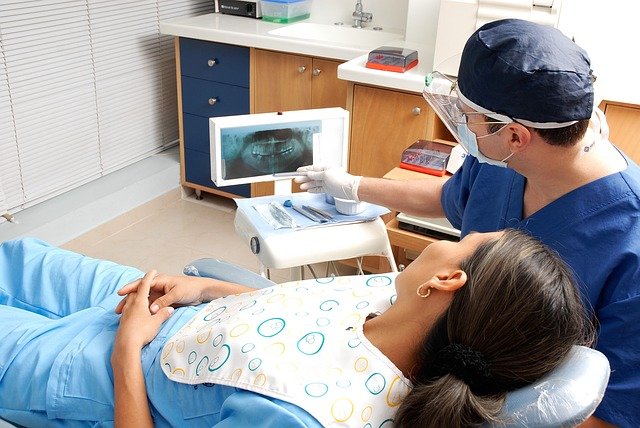Tardive Dyskinesia — Common Signs and Daily Impact
Tardive Dyskinesia may develop gradually and include repetitive movements that are hard to control. Recognizing signs early—like lip smacking or facial twitching—can help support better communication with a healthcare provider and guide ongoing care decisions.

What are the primary signs of tardive dyskinesia?
Tardive dyskinesia is primarily recognized by its distinctive facial and jaw movement patterns. These involuntary movements can include repetitive grimacing, lip smacking, tongue protrusion, and rapid blinking. Additionally, TD may manifest as rhythmic movements of the fingers, toes, or other body parts. These signs often appear gradually and can be subtle at first, making early detection challenging.
How does tardive dyskinesia affect daily activities?
Living with involuntary body motions can significantly impact a person’s daily life. Simple tasks like eating, speaking, or writing may become difficult due to uncontrolled movements. Social interactions can be affected as facial tics may be misinterpreted by others. Many individuals with TD report feeling self-conscious in public, which can lead to social isolation and decreased quality of life.
When do tardive dyskinesia symptoms typically appear?
Signs that appear after medication use are a hallmark of tardive dyskinesia. Symptoms usually develop after months or years of taking certain medications, particularly first-generation antipsychotics. However, it’s important to note that TD can sometimes occur after shorter periods of drug use or even after discontinuation of the medication. Regular monitoring by healthcare providers is crucial for those on at-risk medications.
What are the possible long-term effects of tardive dyskinesia?
Movement disorder symptom awareness is essential when considering the long-term impact of TD. While some individuals may experience mild symptoms that remain stable, others may face progressive worsening of their condition. Possible long-term effects to note include permanent muscle damage, difficulty with fine motor skills, and persistent social and emotional challenges. In some cases, TD symptoms may persist even after the causative medication is discontinued.
How can tardive dyskinesia be diagnosed and monitored?
Diagnosing tardive dyskinesia typically involves a thorough clinical assessment and observation of symptoms. Healthcare providers may use standardized rating scales, such as the Abnormal Involuntary Movement Scale (AIMS), to evaluate the severity and progression of TD. Regular check-ups and assessments are crucial for monitoring symptom changes and adjusting treatment plans accordingly.
What treatment options are available for tardive dyskinesia?
Treatment for tardive dyskinesia has evolved in recent years, offering new hope for those affected. The primary approach involves adjusting or discontinuing the medication causing TD, when possible. Additionally, the FDA has approved two medications specifically for TD treatment: valbenazine and deutetrabenazine. These drugs work by regulating dopamine release in the brain, which can help reduce involuntary movements.
| Treatment Option | Mechanism of Action | Potential Benefits |
|---|---|---|
| Valbenazine | VMAT2 inhibitor | Reduces involuntary movements |
| Deutetrabenazine | VMAT2 inhibitor | Improves TD symptoms |
| Medication adjustment | Varies | May slow or stop TD progression |
| Botulinum toxin injections | Muscle paralysis | Temporary relief for specific areas |
| Deep brain stimulation | Electrical stimulation | Potential for severe cases |
Prices, rates, or cost estimates mentioned in this article are based on the latest available information but may change over time. Independent research is advised before making financial decisions.
In conclusion, tardive dyskinesia presents unique challenges that can significantly impact daily life. Recognizing the common signs, understanding the potential long-term effects, and being aware of available treatment options are crucial steps in managing this condition. With ongoing research and improved treatment modalities, individuals with TD can hope for better symptom control and improved quality of life.
This article is for informational purposes only and should not be considered medical advice. Please consult a qualified healthcare professional for personalized guidance and treatment.




